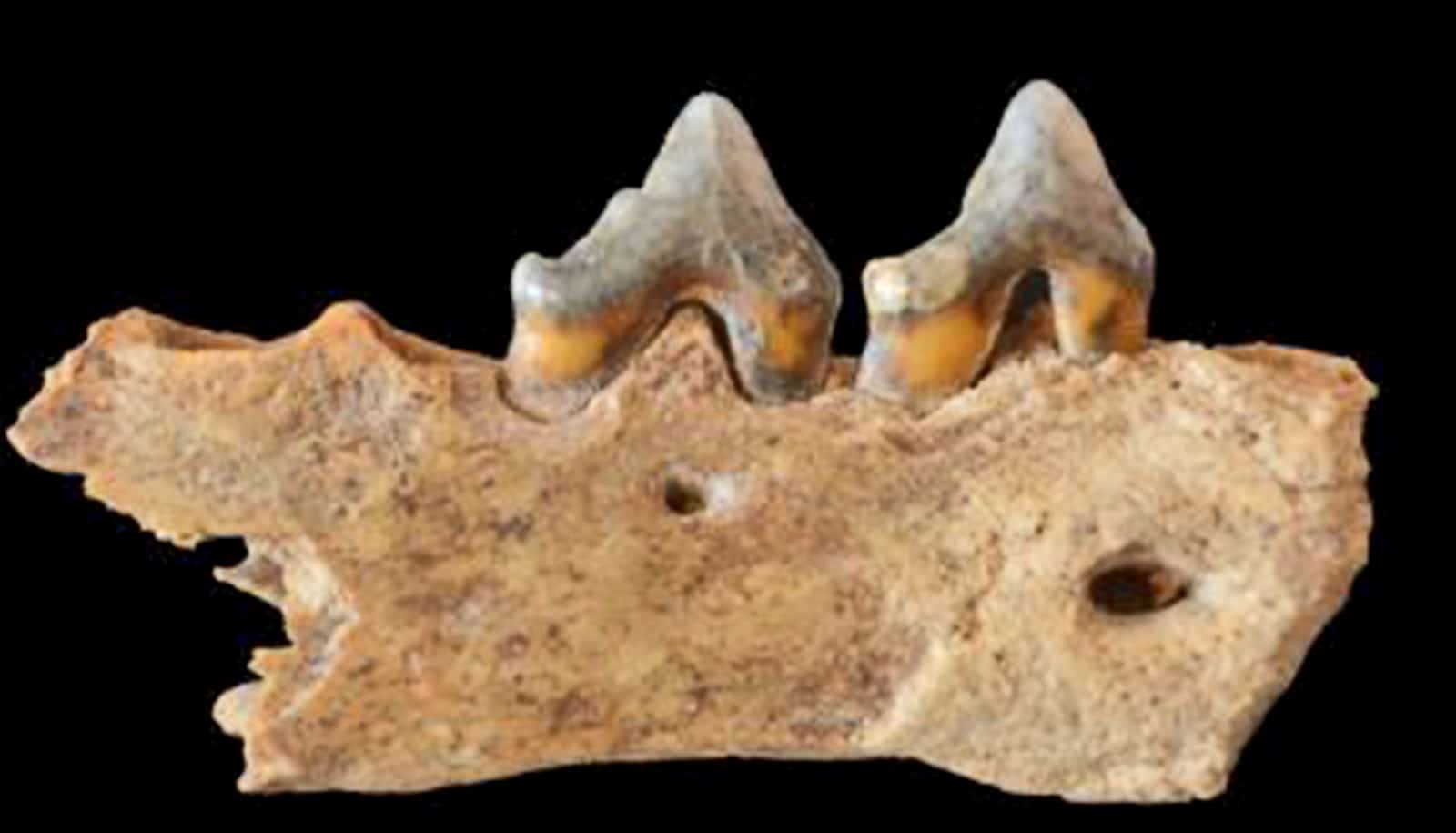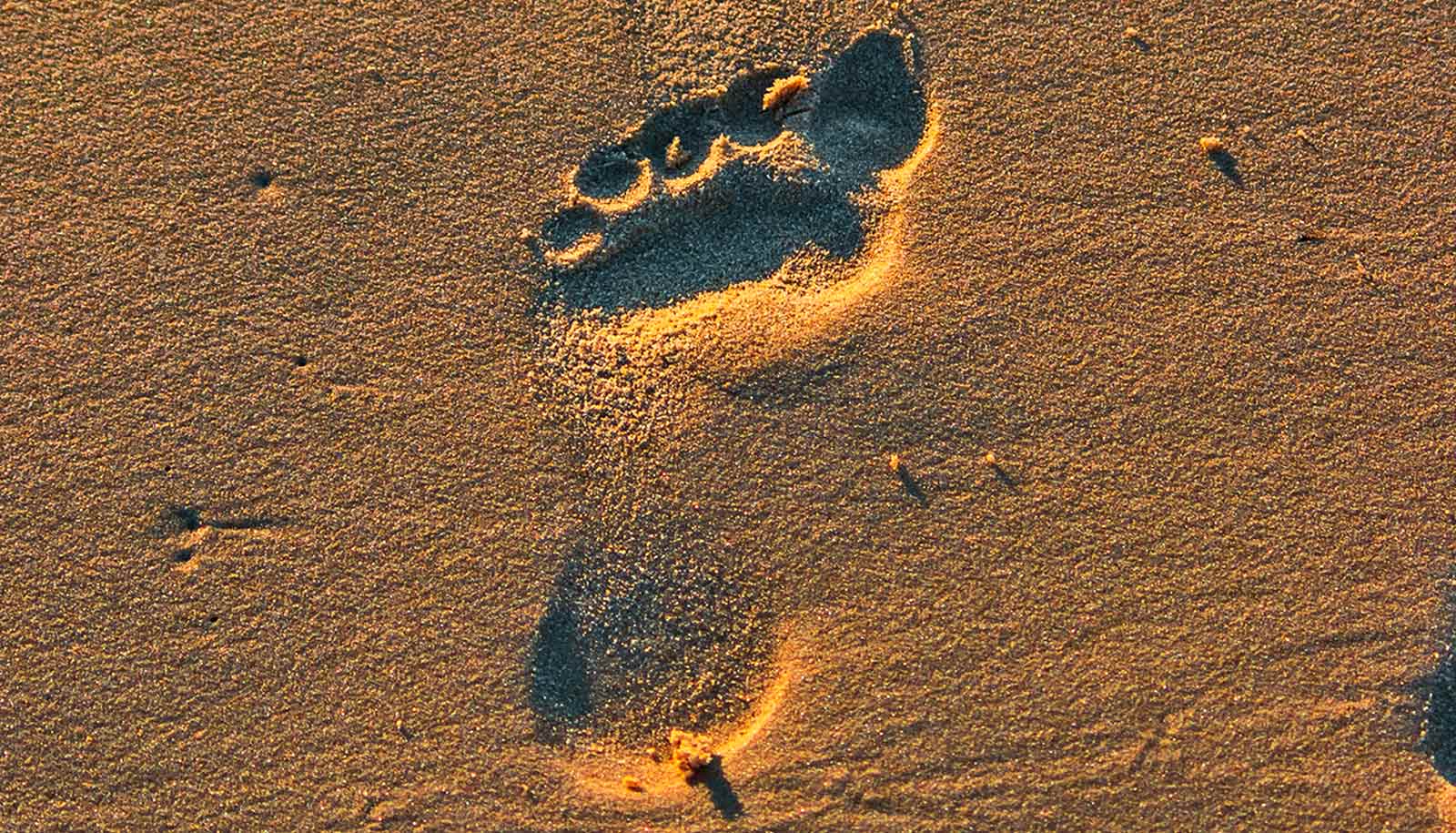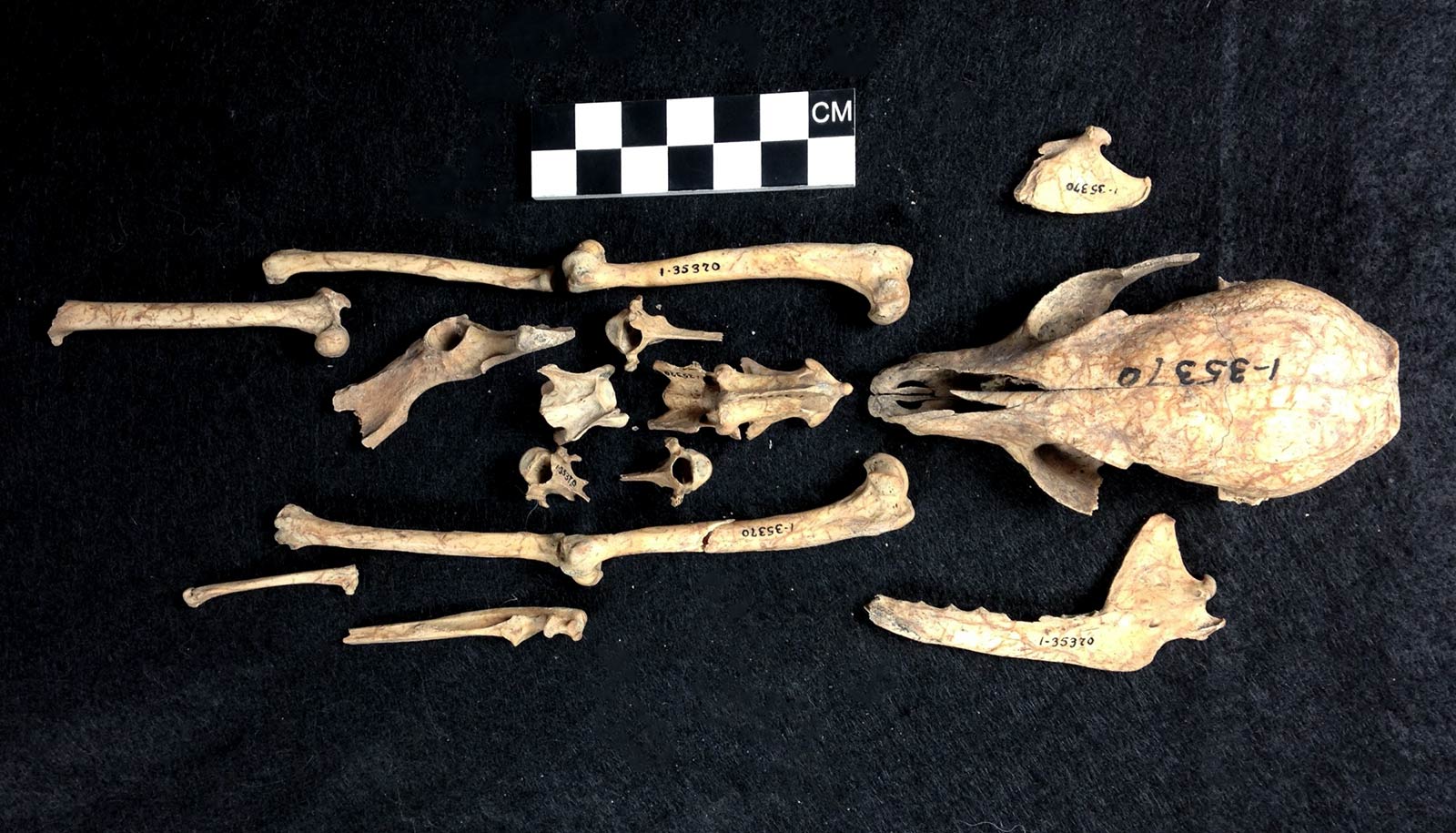Researchers have discovered that modern humans reached Northwestern Europe earlier than we thought, and in a much colder environment.
In a cave in Ranis, Germany, an international research team discovered 45,000-year-old bones that they determined to originate from Homo sapiens, modern humans, and different animals such as cave bears, woolly rhinoceros, and reindeer.
The bones were found in an area in Northwestern Europe where archaeologists for decades have recovered stone artifacts characteristic of a technocomplex known as the Lincombian-Ranisian-Jerzmanowician (LRJ).
Until now, it was the general belief that this technocomplex was produced by Neanderthals. Instead, the new study shows that the LRJ was made by modern humans.
“We know that the LRJ exists right around the time period where modern humans are thought to enter Europe. Up to this point, we have never known for sure which human population was responsible for making this culture. I am happy we got this resolved,” says Frido Welker, associate professor at the University of Copenhagen and one of the authors of three new studies.
The new research gives an important perspective as to when and how modern humans reached different parts of Europe.
“We do not only associate the LRJ with modern humans, we’re also able to show that their presence in Northwestern Europe is much earlier than previously thought. They are present in Europe during a period of extreme cold,” says Welker.
The research shows that the very cold environmental conditions at Ranis at the time indicate an open steppe landscape, similar to those found in Siberia and northern Scandinavia today. This finding is interesting because it shows the climatic resilience of these pioneering groups of our species from the first moment they entered Northwestern Europe.
The researchers used the proteins extracted from bone fragments to identify the animal and human remains found in the LRJ layers.
“Paleoproteomics is a relatively new tool to perform taxonomic identifications of previously unidentifiable skeletal remains recovered from archaeological sites. At Ranis, this enabled us to identify the first human remains associated with the LRJ layers, which were then analyzed further with the latest methods in ancient DNA, radiocarbon dating, and stable isotope analysis.” says PhD student Dorothea Mylopotamitaki, a former doctoral fellow at the Collège de France and the Max Planck Institute for Evolutionary Anthropology, and who conducted the paleoproteomic research at the University of Copenhagen.
At the site, the researchers recovered thousands of highly fragmented pieces of bone.
“Zooarchaeological analysis shows that the Ranis cave was used intermittently by denning hyaenas, hibernating cave bears, and small groups of humans,” explains zooarchaeologist Geoff Smith from the University of Kent.
“While these humans only used the cave for short periods of time, they consumed meat from a range of animals, including reindeer, woolly rhinoceros, and horses,” Smith says.
The integration of new archaeological data, morphological and proteomic taxonomic identification, DNA analysis, radiocarbon dating, zooarchaeology, and isotope analysis provides a significant milestone in understanding the initial incursions of Homo sapiens into Europe north of the Alps 45,000 years ago, fundamentally changing our perspective on the arrival of the first modern human pioneers in the region.
“I look forward to future studies further detailing the behavior of these first modern humans on the continent using this exciting combination of cutting-edge methods,” says Welker.
The three papers have been published in Nature and Nature Ecology & Evolution (one, two, three).
Source: University of Copenhagen



